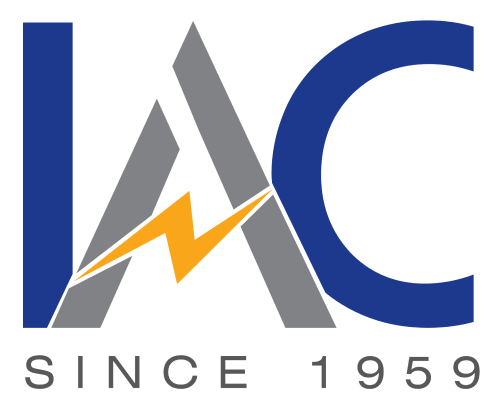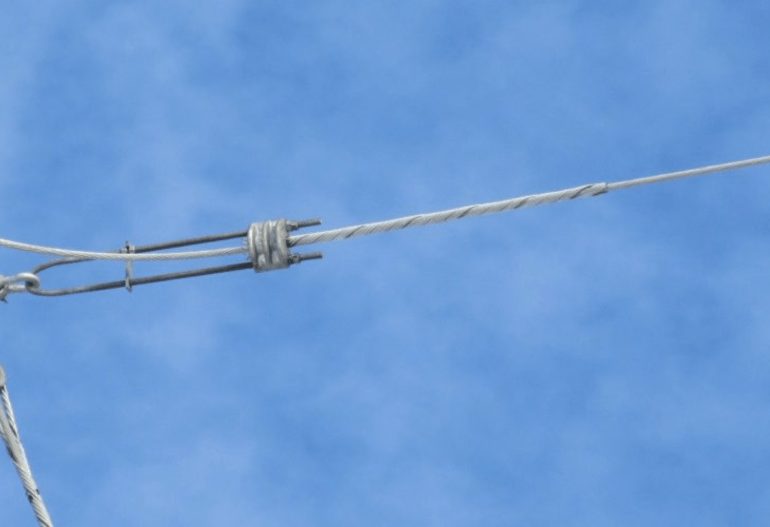During the transmission line installation, choosing cables that can withstand environmental hazards such as storms, rain, etc., is imperative. Moreover, they should be strong enough to support the installation length.
Along with that, as a precautionary measure, you must check the product quality and tensility. Keeping all these factors in mind, the most used are OPGW cables. And, if someone looks for an alternative, then ADSS cables would be a suitable choice.
But, here, the query arises – which is better? OPGW or ADSS?
OPGW and ADSS cables – Supporting electrical distribution system
The electric utility industry primarily relies on OPGW cables, also known as Optical Ground Wire. And, it is one of the most recommended cables for a secured top position transmission line. There is also an alternative to OPGW available in the market named the ADSS cable, also known as the All-Dielectric Self-Supporting cable.
How do they differ!!!
OPGW Cable – Optical Ground Wire
The manufacturing of these cables is based on two functions: an aerial conductor and an integrated fiber-optic unit. Here lies the difference – the aerial conductor protects the conductors from lighting.
Other than that, OPGW’s integrated fiber optics provide a telecommunication path for third-party communication, including internal ones. It is a dual-functioning cable and is a popular replacement for earth wires or traditional static wires. The OPGW hardware fittings are readily available and easy to install.
If we go by the IEEE (Institute of Electrical and Electronics Engineers) standard, it is also known as the optical fiber composite overhead ground wire. It is meant to combine the functions of grounding and communications. You can also use these cables when there is a dire need to change the existing ground wire that requires immediate replacement.
ADSS Cable – All-Dielectric Self-Supporting
These optical cables are strong enough to support the structure of transmission lines and are ideal for distribution. Moreover, it can withstand natural calamities and environmental hazards. This makes it a much better choice in comparison with other cables.
This is a non-metallic cable, and there is no requirement of lashing wires to support it externally. The major benefit is that you can place these cables in a conduit. The installation of the ADSS cables on the existing transmission line makes it cost-effective. Moreover, it is also independent of power lines and provides support through maintenance.
OPGW vs ADSS – Which is the difference?
Structural Difference
ADSS cables –
- In the case of ADSS cables, the casing that is present within the optical fiber has loose sleeves.
- The core of the cable has a design that looks like stranded layers.
- Moreover, the stranding formed in ADSS is SZ. The outer sheet bestows the strength, which aims to protect the cable against electric corrosion.
- Here aramid yarn is the main force-bearing component.
OPGW cables –
- If you look closely at the OPGW cable unit, it is made of a stainless steel tube and aluminum-clad stainless steel tube.
- Further, its metal mono-filaments are made of aluminum clad steel and aluminum alloy, providing peripheral strengthening.
Characteristics Difference
ADSS cables –
- ADSS cables have excellent elasticity; even if the fiber is shot for about 10 m in the distance you won’t notice any glitch.
- There is no metal unit, and it has a strong electromagnetic field resistance.
- Further, ADSS cables have lightning protection features and anti-electromagnetic interference designs, making them a worthy choice for overhead wires.
- Besides this, ADSS cables have been shown to resist environmental hazards due to their stability and mechanical support.
- ADSS cables are light in weight, and the construction is quite convenient.
- ADSS cables can assist in reducing the line construction cost as you can install them through the existing poles and towers. There is no expenditure nor the requirement for constructing new overhead supporters.
- These cables also have the capability to reduce power outages.
- Interestingly, these are independent of the power lines and convenient for maintenance.
- Further, there is no requirement for auxiliary hanging cables, as ADSS is quite popular as a self-supporting optical cable.
OPGW cables –
- OPGW is quite similar to ADSS cables, except that it is all metals.
- It has proven to show excellent mechanical support and environmental hazard resistance.
- In comparison to ground wiring, OPWG is quite similar and has similar mechanical and electrical properties.
- These cables also have the capability to shunt short circuit current to make a direction for lightning current.
Why do you need OPGW or ADSS cables for overhead electricity distribution lines?
Quick Installation –
Be it OPGW or ADSS; these cables provide a quick installation process. And, being fiber optic cables, these are not even there is no involvement of electromagnetic effects. All you need to do is attach them to the poles or dig trenches to bury them deep underground. If the circumstances remain favorable, then you can install about 1 km – 5 km of fiber cables within a day.
Ensures security –
These cables were developed to ensure security; since 1980, the installation has been in demand. At the same time, they are reliable, and power utilities can depend on these cables to transmit critical communication by controlling the electricity network. Moreover, to shield it against theft and vandalism, these cables are protected by the proximity effects of power conductors.
A profitable choice –
Usually, overhead fiber cables help in cost-cutting as they are safe to use and do not require additional aid to secure them. Even though it costs much more than the underground cables, it doesn’t need additional support. Thus, making it a feasible choice and increasing the installation rate.
This also gives an advantage over the quick build of the network and provides early service. If we sum up, OPGW and ADSS cables offer a high investment return and reduce the initial cost.
Conclusion
Choosing the perfect cables for overhead transmission lines might get confusing. Thus, you need to stick to the key aspects such as cabling designs, environment and installation cost. If you are dealing with new cables and have to construct the entire transmission system from scratch, then OPGW would be suitable.
However, if you are dealing with pre-existing cabling poles, ADSS would work best as outdoor cabling. So, grab the best quality cables and wire from IAC Electricals, a trusted name in supplying ADSS and OPGW fittings for years.






